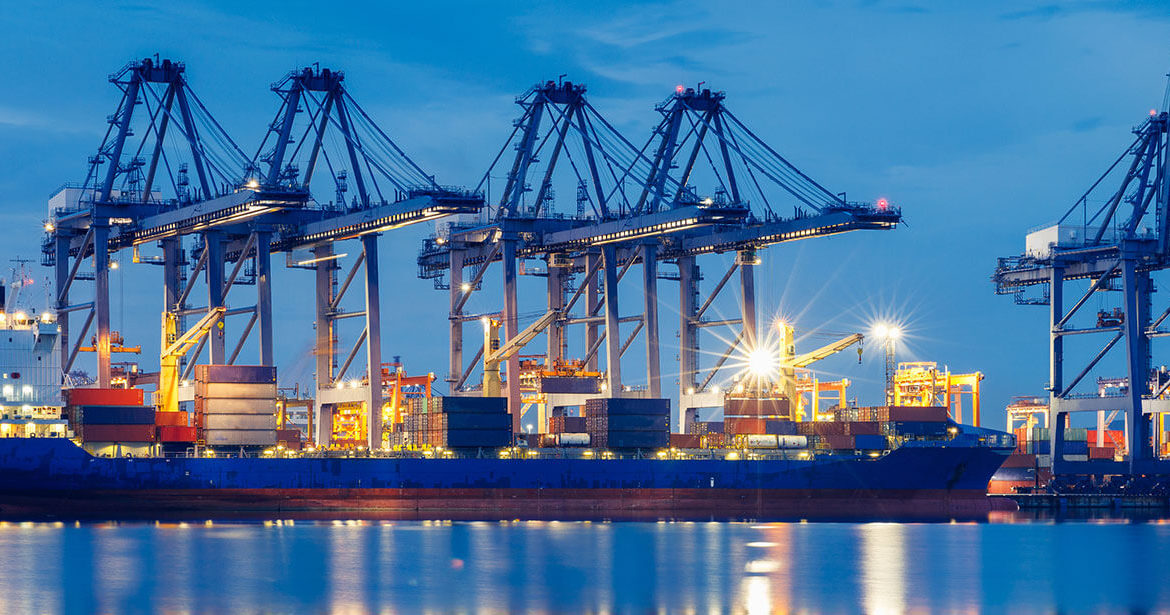While the pandemic isn’t really over, in a lot of aspects, it is. Life is returning to a slightly skewed version of our pre-pandemic norms. So what’s up with the supply chain? Why are we still dealing with such widespread disruptions?
First off, little disruptions and ripples have always been relatively easy to course-correct. But the hits have just kept coming over the last few years, with no time for correction before the next hit. Add to that the state of the world—think geopolitical events such as the war. Even raising costs and an unstable economy adds to the current state of the supply chain.
Click to Read the Full Article
There’s been a significant increase in rail system volume on the China-Europe route. The reason behind this is mostly due to port congestion, which is pushing up demand for trucking options. The China State Railway Group reports that there was a total of 1,517 Silk Road trains running in July, a year-on-year increase of 11%. There’s also a 12% increase in volume.
Click to Read the Full Article
Ports in Europe faced increased wait times thanks to the situation at Felixstowe. An 8-day strike in August had a ripple effect across the region since carriers opted to avoid the port and divert to others. German ports, which were already dealing with labor issues of their own, faced significant increases in congestion, with Hamburg hitting a peak of 42 hours at Bremerhaven.
Click to Read the Full Article
Despite a turbulent year, the air cargo industry has seen some significant highs. Most notably, there were 23 carriers and service providers who achieved the Quest for Quality gold this year for their achievement in maintaining world-class service levels.
Click to Read the Full Article
Finally, it seems that the sky-high demand in container shipping is dropping. While rates are still up, this can be attributed to the general chaos in the industry and port congestion. Rates between November 2020 and January 2022 maintained a level of about 10% higher than capacity, but as of June, this number has dropped down to 2%.



